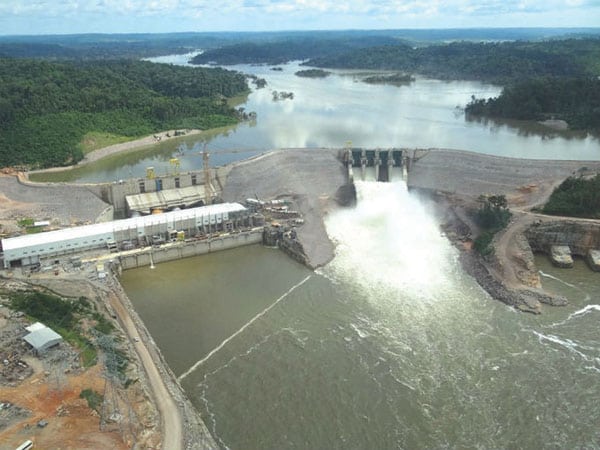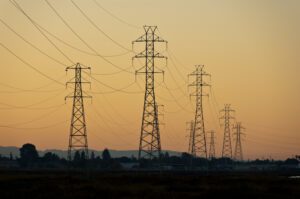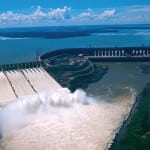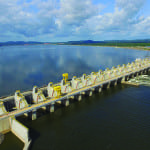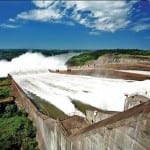Brazil’s environmental protection agency, IBAMA, in early August canceled development permits for an 8-GW hydroelectric project on concerns about its social and ecological impacts.
If built as proposed by a consortium of multinational companies—including Brazilian parastatal Eletrobras and private sector partners GDF Suez/Engie, EDF, Camargo Correa, Neoenergia, COPEL, and Endesa Brasil—the São Luiz do Tapajós dam straddling the five-mile-wide Tapajós River would have been the sixth-largest in the world.
But just as the Olympics were kicking off in Rio earlier this summer, human rights groups and environmentalists—including Greenpeace, Amazon Watch, and International Rivers—urged the agency to reconsider the project’s permits, saying it would harm the environment and the indigenous population of Munduruku Indians.
IBAMA had already suspended the licensing process on April 19 after a study released by Brazil’s Federal Indian Agency showed that the dam’s 279-square-mile reservoir would partially flood a reservation of the Munduruku tribe, which has about 13,000 members, and force their relocation.
On August 4, IBAMA effectively canceled the project, saying an environmental impact assessment (EIA) did not show social and environmental viability. The EIA revealed the “extraordinary wealth” of the basin, which is characterized by its high biological diversity, IBAMA said. Reduced flow of the river could also affect tributary rivers and impact rare or endangered flora species and affect populations of turtles, crocodilians, and aquatic and semi-aquatic mammals, among others. In the order, IBAMA’s president also mentioned legal and constitutional impediments related to the Munduruku tribe’s relocation.
Along with São Luiz do Tapajós, two other large hydroelectric dams have been proposed for the main stream of the Tapajós River in the state of Pará: Jatobá and Chacorão. The 1.82-GW Teles Pires run-of-the-river project (Figure 4) on the Teles Pires River, a major tributary of the Tapajós, started commercial operations on August 3. According to International Rivers, three other large dams have already been initiated on the Teles Pires River: Sinop, Colider, and São Manoel.
—Sonal Patel, associate editor


